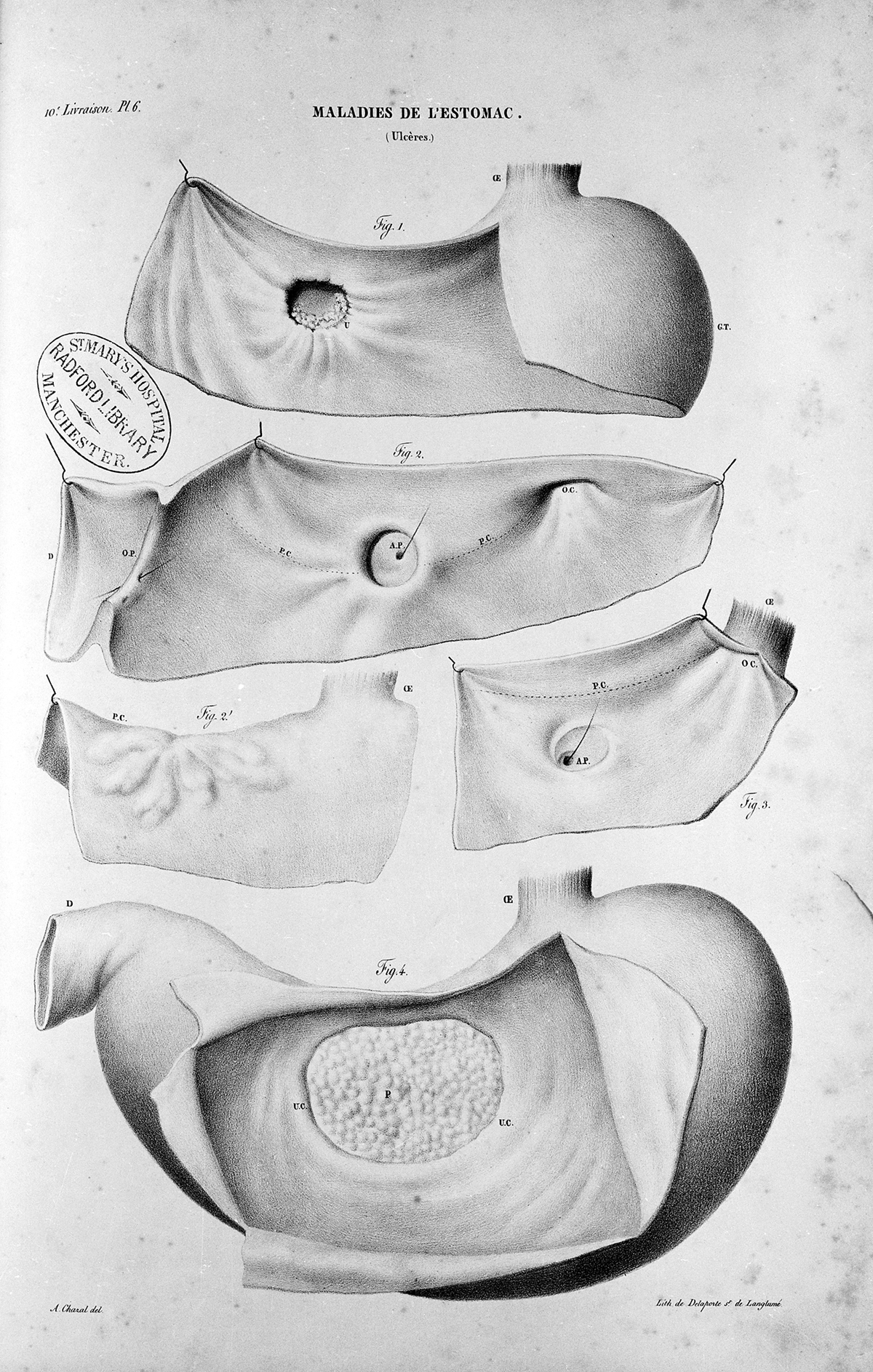
Peptic ulcers are open lesions that appear on the lining of the stomach, duodenum and esophagus walls. Ulcers on the stomach wall are called gastric ulcers, and those in the esophagus are esophageal ulcers. Duodenal ulcers are found in the lining of the duodenum, which is the first part of the small intestine.
Various factors contribute to the formation of stomach ulcers and the most common ones are Helicobacter pylori infection and increased intake of certain medications. Without treatment, these ulcers can cause significant damage to the stomach. Two major complications of untreated stomach ulcers are bleeding and perforation.
About perforated stomach ulcer
As a lesion or a sore in the lining of the stomach or the duodenum develops and worsens, it increases the risk of complications. Sometimes the ulcer damages blood vessels, causing bleeding into the gastrointestinal tract. Damage to big blood vessels is a medical emergency, requiring immediate attention.
Another complication of untreated peptic ulcers is perforation. The ulcer can slowly eat away the stomach wall, causing a tear. This leads to leaking of the food and digestive juices into the abdominal cavity. In case the ulcer is caused by helicobacter pylori, the bacteria enters the cavity too. The cavity becomes infected and inflamed, causing a drop in the blood pressure and in urine output, and in severe causes it can lead to shock.
Symptoms and treatment for perforated stomach ulcer
The most common symptom of a perforated stomach ulcer is sharp, intense and sudden pain that becomes worse when moving. The pain may extend to the entire abdominal region, anywhere from the navel to the ribs. The severity of the pain depends on various factors, and for some patient the pain can be mild, while in others it is unbearable. Other symptoms may include increased heart rate, low blood pressure, lack of urine, nausea, vomiting, lack of appetite and heartburn.
A perforated stomach ulcer is diagnosed by using X-ray or CT scan imaging. The most common form of treatment for this condition is surgery. The tear in the stomach is patched up, followed with lavage of the abdominal cavity. The patient is usually given anti-ulcer drugs.
Remedial surgery can also be done, and it includes procedures like vagotomy, antrectomy, pyloroplasty or partial gastrectomy. These procedures are recommended in cases where there is a great chance of recurring ulcers.
Surgery is usually only done, in cases with complications, like a bleeding or perforated ulcer. It is important to diagnose an ulcer early on, so these complications can be avoided.


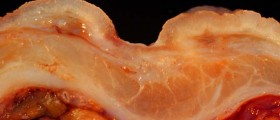
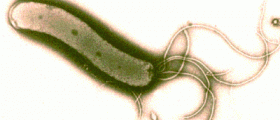


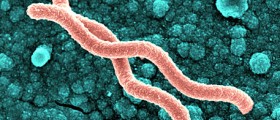
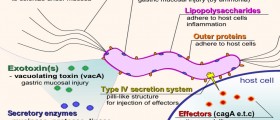



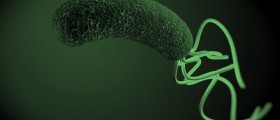
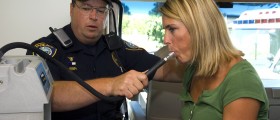




Your thoughts on this
Loading...